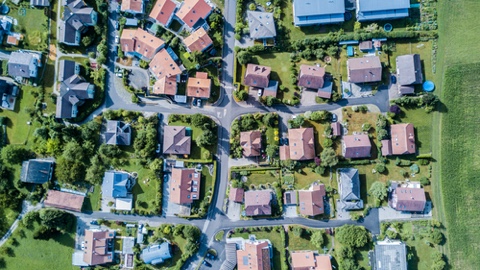
A research team at the University of Zurich and the National Center of Competence in Research Robotics in Switzerland has developed a system that allows drones to navigate autonomously around obstacles and through streets by teaching the drone to act more like cars and bicycles.
The training algorithm DroNet – short of Drone Network – observes and learns how cars and bicycles react to the dynamic environment of a city street, allowing the drones to recognize static and moving obstacles, and triggering it to slow down and avoid crashes. Autonomous navigation in the past has relied on GPS signals but that methodology doesn’t apply in urban environments. This technology will even allow for drones to maneuver autonomously through parking lots, corridors, and other indoor environments. The researchers have stated that all findings resulting from this study will be publicly released and shared with the robotics community.
“We have developed an algorithm that can safely drive a drone through the streets of a city and react promptly to unforeseen obstacles, such as other vehicles and pedestrians,” Davide Scaramuzza, head of the University of Zurich’s Robotics and Perception Group that developed the system. With this algorithm, we have taken a step forward toward integrating autonomous drones into our ‘everyday life.’” Instead of relying on sophisticated sensors, DroNet only requires a single camera — very much like that of every smartphone — on a drone.”
The full paper was recently published in the journal IEEE Robotics and Automation Letters.
